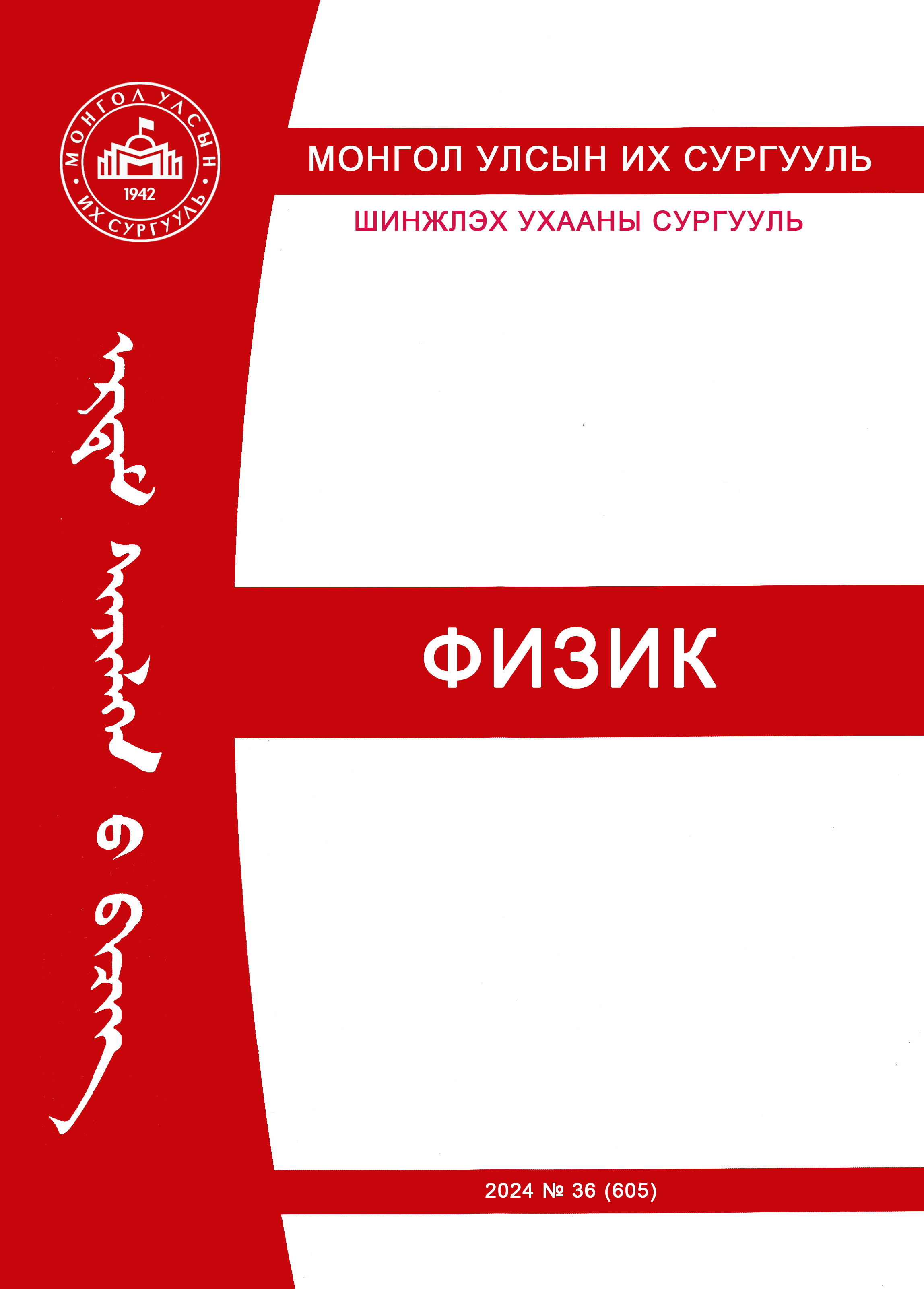Evaluation of PE/PP-GMA fabric for the Adsorption of Lead and Lithium Ions: A Study on Selectivity and Performance
DOI:
https://doi.org/10.22353/physics.v36i605.9319Abstract
The radiation-induced graft polymerization method is discussed. In this study, a PE/PP fabric was irradiated with a 10 kGy electron beam, followed by the grafting of glycidyl methacrylate (GMA) using a graft polymerization method to produce PE/PP-g-GMA fabric. The epoxy groups of the GMA grafted side chains were subsequently converted to sulfonate groups, forming PE/PP-g-GMA-Na₂SO₃. The physical and morphological properties of the adsorbent were analyzed using Fourier transform infrared spectroscopy (FT-IR) and Scanning electron microscopy (SEM). The PE/PP-g-GMA-Na₂SO₃ fabric demonstrated effective adsorption of lead (Pb²⁺,) and lithium (Li⁺) from solutions with concentrations of 100 ppb and 1 ppm in pure and mixed systems at different pH levels (3, 5, 7). The concentration of metal ions in the solutions was determined using Inductively Coupled plasma optical emission spectroscopy (ICP-OES) and Inductively coupled plasma mass spectrometry (ICP-MS), confirming the fabric's adsorption efficiency. The experiment was crucial for enhancing fellows' understanding of the practical and theoretical aspects of radiation-induced graft polymerization. This research was conducted at the Takasaki Institute for Advanced Quantum Science, QST in Takasaki , Japan.
Downloads
References
. Marto Walo.; Applications of ionizing radiation in materials processing; Radiation-Induced Grafting.; Chapter 9; 185-205
. https://www.qst.go.jp/site/qst-english/
. H.H.Sokker et al. Radiation-induced grafting of glycidyl methacrylate onto cotton fabric waste and its modification for anchoring hazardous wastes from their solutions,Journal of Hazardous Materials 168 (2009) 137-144
. Y.Ueki et al. Study and Optimization on graft polymerization under normal pressure and air atmospheric conditions, and its application to metal adsorbent, Radiation Physics and Chemistry 81(2012) 889-898
. S.Muryanto, S.Djatmko Hadi. Adsorption laboratory expirement for undergraduate chemical engineering: Introducing kinetic, equilibrium and thermodynamic concepts; IOP Conf.Series: Materials Science and Engineering 162(2017) 012004 doi:10.1088/1757 /899X/162/1/012004
. M. Omichi et al. Development of a Simplified Radiation-Induced Emulsion Graft Polymerization Method and Its Application to the Fabrication of a Heavy Metal Adsorbent; Polymers 2019,11,1373; doi:10.3390/polym11081373
. Takeda,T.;Tamada,M.; Seko, N.; Ueki, Y. Ion exchange fabric synthesized by graft polymerization and its application to ultra-pure water production. Radiat.Phys.Chem.2010,79223-226. [CrossRef]
. Pino-Ramos, V.H.; Ramos-Ballestores, A.; Lopez-Saucedo, F.; Lopez-Barriguete, J.E.; Varca, G.H.C.; Bucio, E. Radiation grafting for the functionalization and development of smart polymeric materials. Top.Curr.Chem.2016,374,28.[CrossRef]
Downloads
Published
How to Cite
Issue
Section
Categories
License
Copyright (c) 2024 Scientific transaction of the National University of Mongolia. Physics

This work is licensed under a Creative Commons Attribution-NonCommercial-ShareAlike 4.0 International License.






